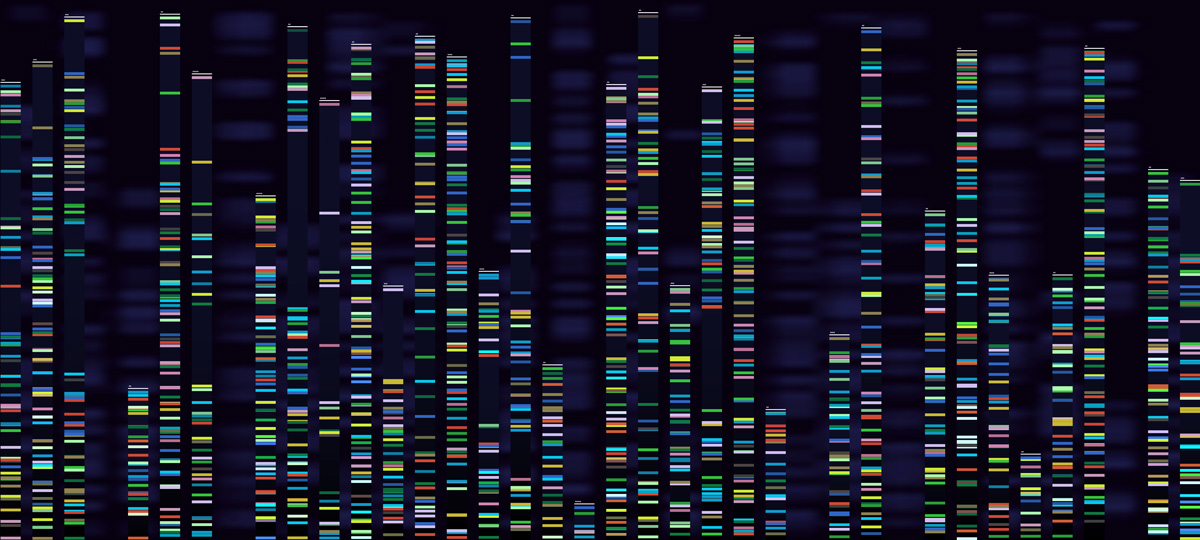The Race Towards Cheaper Long-Read Sequencing
For our clients, choice of sequencing platform will depend on the kinds of questions they are trying to answer. For whole genome sequencing, analysis of rare variants or rare species, long-read sequencing platforms are the best choice to simplify downstream genome assembly and analysis.
As the major players in the sequencing technology space continue to fight to maintain their niche in the market, they are having to constantly innovate and solve challenges faced by researchers using their products. PacBio has recently announced a new platform for scaled-up use of their HiFi protocol, increasing throughput and lowering costs.
The PacBio HiFi Protocol
PacBio’s primary sequencing protocol is the HiFi protocol, a sequencing-by-synthesis method that produces large, circular DNA molecules which can then be sequenced continuously, unlike the fragments used in their competitor Illumina’s protocol.
PacBio HiFi sequencing is extremely accurate, with an accuracy rate over 99%, and was the sequencing technology of choice for the recently completed Telomere-to-Telomere project to complete the human genome sequence.
What’s New About PacBio’s Revio?
So what’s new with Revio? First is the flow cell, which has a three-fold higher density than the cells for its predecessor, the Sequel IIe. To cope with the increased throughput, Revio also has a 20-fold increase in computing power. The end result is the ability to sequence up to 1300 human genomes a year at 30-fold coverage for less than $1000 per genome, representing a 15-fold increase in HiFi data according to a PacBio press release.
Interestingly, PacBio has integrated an AI model into the computational aspect of Revio. The model, called DeepConsensus, was developed by Google researchers and published in Nature Biotechnology last month to improve assembly of HiFi reads. The DeepConsensus model compared to the current standard tool reduced read errors by 42% and increased contiguity.
Revio’s increased computational power also allows for direct identification of methylation patterns on the DNA being sequenced, allowing for simultaneous studies of sequence data and epigenetic methylation patterns.
Outsourcing Bioinformatics Analysis: How We Can Help
Transforming raw sequence data of any kind into actionable biological insights is no small feat. We can help you tackle the challenging computational tasks of storing, analyzing and interpreting genomic data. Bridge Informatics’ bioinformaticians are trained bench biologists, so they understand the biological questions driving your computational analysis. Click here to schedule a free introductory call with a member of our team.
Jane Cook, Biochemist & Content Writer, Bridge Informatics
Jane has a B.A. in Biochemistry and a passion for bioinformatics and genomic medicine which she uses as a Content Writer at Bridge Informatics, a professional services firm that helps biotech customers implement advanced techniques in management and analysis of genomic data. Bridge Informatics focuses on data mining, machine learning, and various bioinformatic techniques to discover biomarkers and companion diagnostics. If you’re interested in reaching out, please email daniel.dacey@old.bridgeinformatics.com or dan.ryder@old.bridgeinformatics.com.
Sources:

